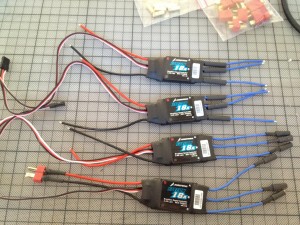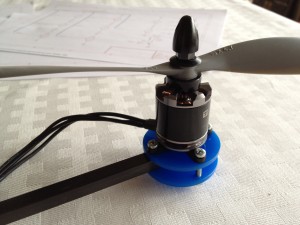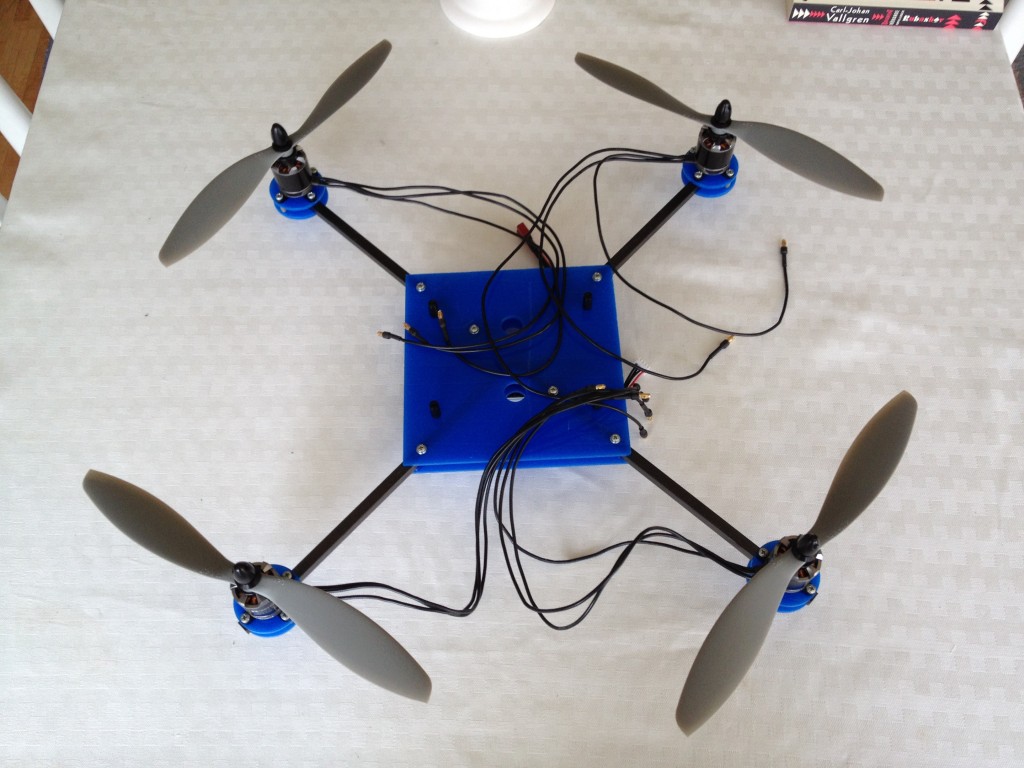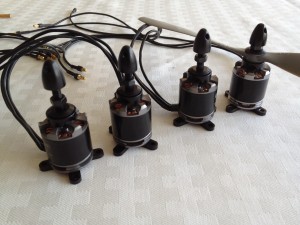When I first got this crazy idea of building my own copter from scratch, I decided that this shouldn’t be yet another radio controlled quadrocopter, using just a stabilizing system. If it’ll ever gonna take off, it should be more of a real autonomous UAV.
Well, some kind of communication (and most certanly some human input) will be required. Using a regular WiFi network would feel really nice – and would be a good knowledge for future projects as well, regardless.
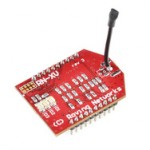 After a couple of minutes at google, I found this little masterpiece: the RN-XV WiFly Module at Sparkfun! The support for ad-hoc networks, WPA-2 encryption and the regular TTL uart serial interface in particular caught my interest.
After a couple of minutes at google, I found this little masterpiece: the RN-XV WiFly Module at Sparkfun! The support for ad-hoc networks, WPA-2 encryption and the regular TTL uart serial interface in particular caught my interest.
This means I can have a 115.2 kbps (theoretically a lot more, actually) open connection between the copter and a laptop, or similar, to offload heavy calculations. In flight control, like the stabilizing system, must of course be done by the on-board computer.
I haven’t spent any time testing it yet. I hope it’ll work and there will probably be a separate post on that subject later on.

